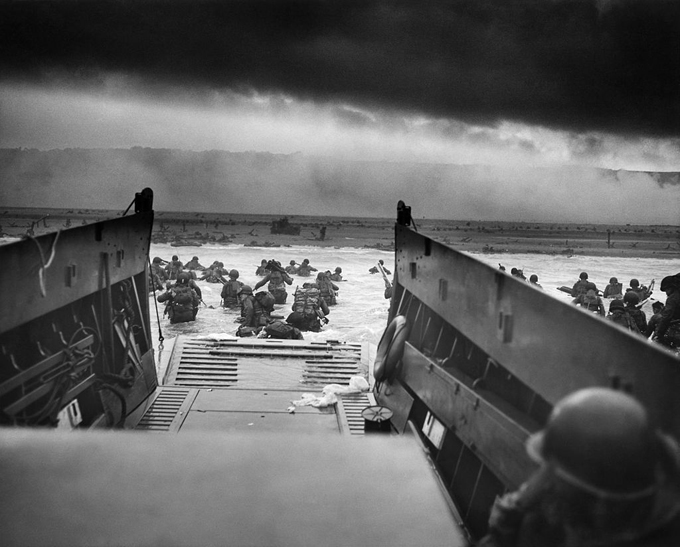80 years ago, On 6 June 1944, over 4,000 Allied soldiers lost their lives fighting to free Europe from Nazi oppression during the D-Day landings
What were the D-Day landings?
The Allied D-Day landings on the beaches of Normandy on 6 June 1944 remains one of the most historically-significant events of recent times. While Britain had suffered the Blitz, Europe was in a state of turmoil; Hitler’s Third Reich stretched from Occupied France down to Greece and across to Scandinavia and the Soviet front.
Since late summer 1942, the Germans had been busy fortifying beaches where a landing was considered possible in France while enormous German batteries were placed at Merville, Longues-sur-Mer and Pointe du Hoc to repel any expected invasion.
Aided by Lord Louis Mountbatten, the head of Combined Operations, supreme allied commander General Eisenhower chose Normandy as the landing site under the codename Operation Overlord. Normandy was chosen as the best location for its long sandy beaches, which sheltered from the strong southwesterly winds and its two large ports, Cherbourg and Le Havre, which could be more easily captured.

What happened during the D-Day landings?
By early June 1944 more than two million Americans had arrived, along with a quarter-of-a-million Canadians to support the thousands of gathered British forces. The operation caught the German military high command unaware since low tides and bad weather had convinced the Germans that an attack was unlikely. Essential missions were undertaken by the Airbourne Infantry and aircraft, including that of the 78th Fighter Group of the United States Army Air Force who secured key targets such as the Pegasus Bridge and the town of Sainte-Mère-Eglise. US Rangers on Pointe-Du-Hoc also secured a coastal battery that threatened the landing beaches, which involved scaling a 30 metre cliff face under German fire.
Where were the D-Day landings?
At 6.30am on the 6 June, US soldiers went ashore by landing craft at beaches codenamed Utah and Omaha. An hour later, the British and Canadians arrived at the beaches of Gold, Juno and Sword. On Omaha Beach at Saint Laurent-sur-Mer, where Allied bombs had done little to dent German defences, German troops peppered US forces with machine gun fire and shells as soon as landing craft ramps were lowered. Amphibious tanks intended to support the infantry’s advance had sunk in the rough seas but eventually American forces pushed past the German defences and secured the beaches.

How many men landed on D-Day?
Overall, approximately 156,000 people landed on the Normandy beaches. British and Canadian troops landed at 7.30am, supported by tanks and managed to silence German machine guns within half an hour. By the end of the day, the soldiers had penetrated six kilometres inland, and secured a foothold in Normandy. But there were heavy casualties: 4,572 Allied soldiers perished in the assault.
While there would be several more weeks and months of hard fighting until the Allies reached Berlin, significant inroads had been made towards the liberation of Europe. Prime Minister Winston Churchill addressed the House of Commons at 6pm, announcing the successful landing operation in Normandy and fuelling hope that the end of the Second World War was finally in sight.
Read about Second World War codebreakers at Bletchley Park, here.
Read more from BRITAIN Magazine:






 © 2024
© 2024